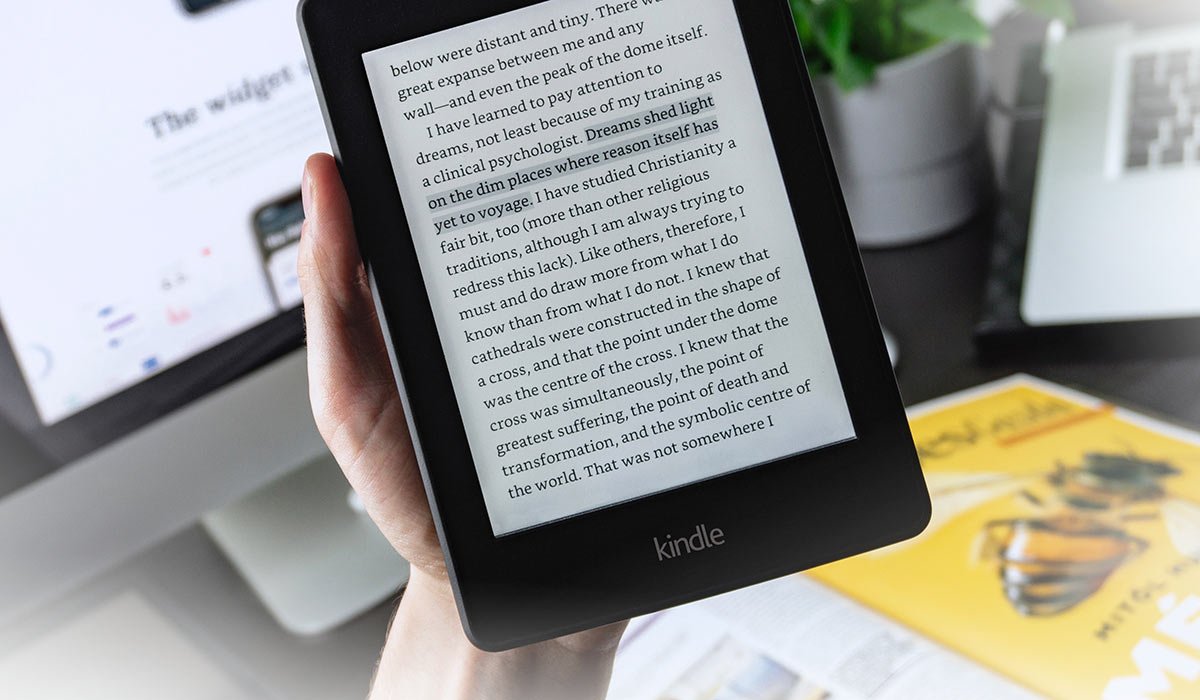5 Things to Love About the $3 Kindle Book Strategy
In the few years since Amazon first rolled out its Kindle publishing program, the book industry has been spinning on its head. Suddenly, it became convenient and affordable for writers to share their works, whether they were industry specialists (like me), first-time novelists, or even established writers and publishers. Think of these as your ultimate premium content offer.
Even within the category of Kindle publishers themselves, a number of different tactics, strategies, and business models have emerged. Everyone involved in the business has a favourite, of course, but if you’re thinking about creating your first – or next – Kindle book, I recommend writing a relatively short e-book and pursuing a $3 pricing strategy.
That’s what lots of successful Kindle authors, including online marketing authors like myself, Mike Allton (The Unofficial Book On HootSuite), and Stephan Hovnanian (Google+ Pro Tips: Strategies for Posting and Sharing on Google+) have done, and it works out beautifully… for both readers and publishers.
Here are 5 of the biggest reasons why:
1. The price is right.
If you’re reading this, I’m assuming you’re like me: an aspiring, while relatively unknown author. While the Stephen Kings of the world can probably charge whatever they want for their books, we little people need to earn our readers’ trust one step at a time. For $3, most customers are going to feel like they’re not risking the farm on the purchase.
2. Readers and buyers love shorter content.
It’s a fast paced world… you don’t have to write the equivalent of “War and Peace” if your goal is to put together a $3 Kindle book. That doesn’t mean your book shouldn’t be great, just that it doesn’t have to address every topic under the sun – you can keep your content short and focused on a specific subject, rather than trying to out-write everyone else who’s ever published something related to your discussion.
3. Smaller books are easier to update.
My Kindle books have tended to fall in the range of 10,000 to 15,000 words. That’s long enough to a decent number of important tips on a subject, but also not so huge that it can’t be kept current with a reasonable amount of effort. People will expect e-books to be up to date; so by keeping my content to a reasonable length, I retain the option of going in to make changes later without having to start from scratch. (Note, watch for an update to my books in the coming weeks.)
4. Publishing one Kindle book opens the door to others.
Once you’ve published one Kindle e-book, you’re likely to discover that you have the ideas for more, maybe even dozens. The beautiful thing about working with reasonably short topics and accessible pricing is that you can always decide to cover related subjects while increasing your sales and attracting new readers for the others. In the same way that having plenty of blog posts and active social profiles increases the views of everything you do online, publishing multiple Kindle books makes each one more valuable and accessible.
5. You can profit from $3 books.
While I don’t publish to Kindle for the royalties, having a little bit of extra income for yourself or your business never hurts. And of course, the more books you have published – and the more known you become – which can’t hurt future earnings. You might be surprised at just how profitable publishing short e-books can be, particularly if you have insightful views on a popular topic.
When you’re ready to add your first book to the Kindle store, consider keeping it short and pricing it at a point that makes it accessible to everyone. You’ll have an easier time putting it together (which is no small feat for a book of any size), your readers will appreciate it, and you will have opened the door to future titles all at the same time.
Considering creating your own ebook, paperback or other premium content download? Give us a shout. We’ll help you make it happen.
{{cta(‘e1055e9e-d145-4e6f-bfbe-f69368337415’)}} {{cta(‘bb1b293a-11e8-4543-b62f-925321bb8d1c’)}}








